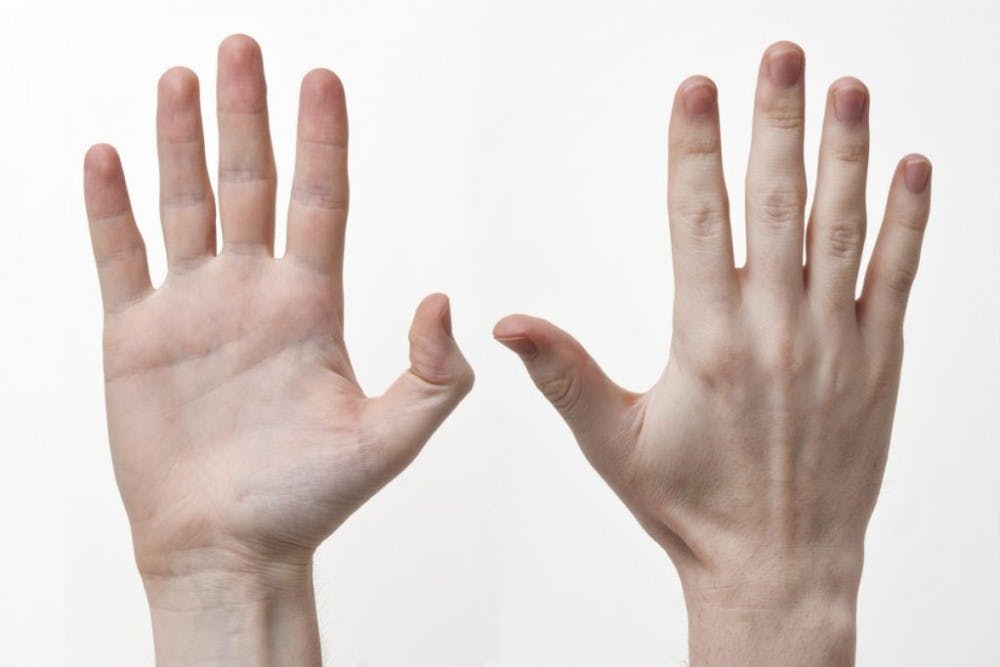Neuroscientists at the Norwegian University of Science and Technology (NTNU) have long been studying how the male and female brains differ. Researchers have, for example, consistently found significant performance differences on certain cognitive tasks between males and females.
Understanding the mechanism resulting in this sexual dimorphic performance has remained an elusive area of scientific inquiry. Previous research attributed this divergence to differential levels of exposure to sex hormones, specifically testosterone, in utero.
Testosterone has been known to have both organizational and activational effects. In fact, one can infer the amount of an individual’s exposure to testosterone based on the ratio in length between their index and ring finger: Adults with a shorter index than ring finger were exposed to greater amount of testosterone in utero.
NTNU researcher Carl Pintzka decided to further test this theory about the relationship between the brain’s cognitive abilities, testosterone exposure and finger length. In his experiment, he recruited 42 women and measured each of their finger lengths.
After initial assessments of their spatial navigation skills using computer gaming tests, the participants were divided into two groups: The first received a small dosage of a testosterone solution while the second received a placebo solution.
Two hours after exposure to each of the experimental conditions, the participants were asked to explore and learn a designed virtual environment. Tasks included locating a specific target landmark in the virtual reality during an allotted time interval.
Assessing the results from this study with other fMRI data has helped researchers further understand the role of testosterone in developing certain cognitive abilities and physical capabilities.
“The greatest effect has been found for various physical and athletic measures, where high levels of prenatal testosterone are consistently linked with better capabilities,” Pintzka said in a press release.
In particular, high levels of testosterone were associated with superior performance on various spatial tasks like directional sense. Low levels of testosterone were associated with superior abilities in verbal memory tasks, such as recalling a list of words.
Because of testosterone’s parallel effects on finger length, one can identify these cognitive and physical qualities with specific finger lengths. That is, comparing the lengths of an individual’s index and ring finger can help predict specific cognitive abilities.
Pintzka’s research represents a significant step in understanding the effects of the fetal environment on brain development and the further implications this may have on adult brain activity. However, Pintzka’s research also shows evidence of effects of in-utero testosterone levels on increased risk of developing diseases.
Higher levels of testosterone show predispositions to diseases such as autism, ADHD and Tourette syndrome; Low levels of testosterone demonstrate associations with anxiety and depression.
Therefore, this study implies that researchers may be able to infer disease predispositions and cognitive abilities simply by looking at the index-and-ring-finger ratio, since this is indicative of testosterone exposure in utero.
As scientists seek to further understand the difference between male and female brains, future research may focus on the causative mechanisms that foreshadow these enhanced differential qualities.





